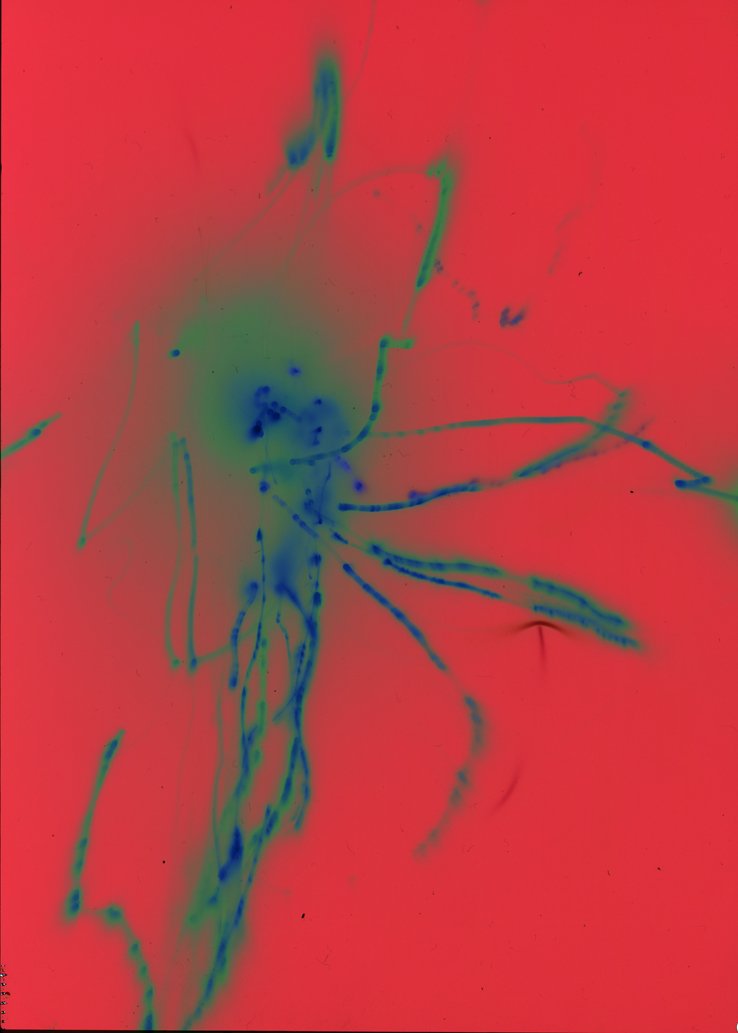‘There is something in there’
Project Manager (Bristol) for Life of Breath Jess Farr-Cox writes:
The second Breathing Space meeting (see ‘Taking a deep breath’ for an account of the first meeting in October 2014) took place on January 21st 2015, in Friends House, London. After tea, the introduction of new members, including our PhD student Tina Williams (see her first post on the blog ‘An ongoing presence’ about her research interests), the group was brought up to speed on various developments, including recruitment of our new post-doctoral researcher (closing date April 1st – see Post-doctoral research position for full details and further links). We then kicked off the meeting proper with the next in the series of introductions to each discipline involved in the project; regular readers may recall that the first of these came from James Dodd on respiratory medicine (see ‘Taking a deep breath’). This time, Andrew Russell explained anthropology to the non-anthropologists in the group.
Andrew outlined the ambiguity, multiple definitions and misappropriation of central terms such as ‘culture’, and the way in which the diversity of the data demands methodological pluralism and innovation. There was discussion of the concept of ‘cultural competence’ (‘sensitivity’ towards diversity and/or poor medical/anatomical knowledge, which can of course easily tip over into stereotyping and transferring responsibility). This session finished with Andrew’s observations on ‘fashionable diseases’, noting that COPD is not fashionable (nor likely to become so), and remains something that obese patients and/or smokers are reluctant to seek help for.
This was followed by Alice Malpass outlining some research she plans to conduct via cognitive interviewing. Alice will be using this technique in the Life of Breath project to assess how well the many standardised questionnaire instruments for measuring breathlessness actually enable people with breathlessness to report their symptoms. Alice explained that cognitive interviewing aims to retrieve information that is more accurate than that obtained by less sensitive methods, citing the work of Judith Okely, who has shown that survey participants often give the answers that they feel the person conducting the survey wants to hear from them.
Andrew characterised his discipline as (much like the project as a whole) inherently intimately connected to other disciplines, holistic, non-judgmental and disaggregative. My notes contain the following arresting example of this: ‘Levi-Strauss had an astronomical map, because he worked on South American tribes to whom the stars were very important.’ Alice concluded by noting that her primary concern in her research would be with ‘meaning-making’ (what she described, according to my notes, as ‘making the hidden obvious’), and where meaning comes from: whether it comes from the inside moving out into the world, or whether meaning is imposed from the outside in.
These two ideas (space, and inside vs. outside) were both present in the first session after lunch, in which the artist Jayne Wilton described some of her work, inspired by breath and breathing. This included images from a work called ‘Sing’, in which patients suffering from COPD entered a dark tent and sang a song of their choosing, generating an image of strong colours and lines in the process. Jayne collected testimonials from the patients involved and played part of a recording in which a patient shared her thoughts on the image created by her song (‘Someone to Watch Over Me’). She commented that her image was like an alien or an insect, and that she felt this was appropriate (her exact words were, ‘there is something in there, eating away at me’, again blurring the line between inside and outside). Echoing Alice’s words, Jayne’s work is concerned with ‘making the invisible visible’, but in a more gentle and methodical fashion than the move from inside to outside made by the alien/Alien evoked here.

Jayne has created art on the themes of breathing and breathlessness for more than a decade (something we will explored in future posts rather than sketching them out here). Wonderfully, she brought along a three-dimensional sculpture of the shape the breath makes when speaking the word ‘happen’. This was a white, coral-like structure, curiously warm to the touch (we passed it around like small children) and ridged from the 3D-printer (pictures can be found in the Life of Breath Twitter feed and on Jayne’s website). We concluded the meeting with a report from Jane Macnaughton on the BRIG conference on Cambridge (described in Jane’s post ‘Breathless in Cambridge’). The meeting was as relaxed, cordial, energizing and thought-provoking as the first. It seemed that every hour or so, an ambulance would rush down the Euston Road with sirens blaring, as some sort of reminder that breathlessness matters just as much to non-academics in the right context.
The image at the top of this post is also by Jayne Wilton, and is entitled ‘Expire’.




3 Comments
Pingback: ‘A physical event’ | Life of Breath
Pingback: Way up high | Life of Breath
Pingback: Making the invisible visible | Life of Breath